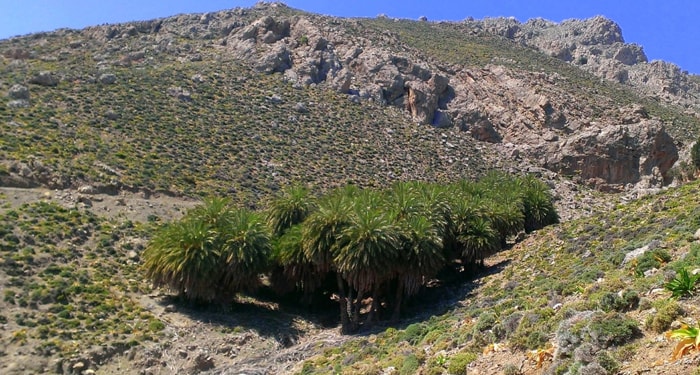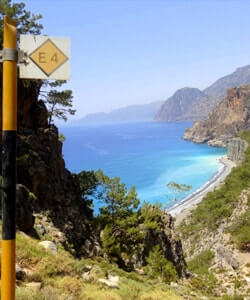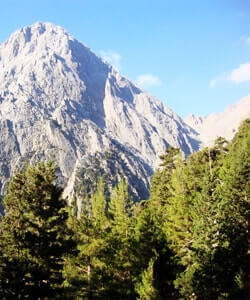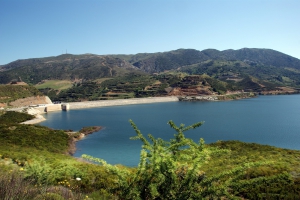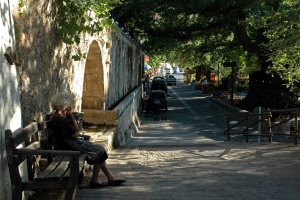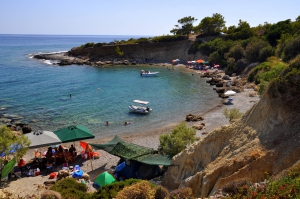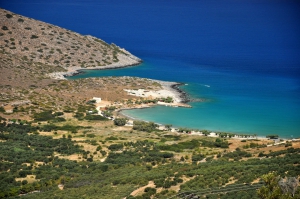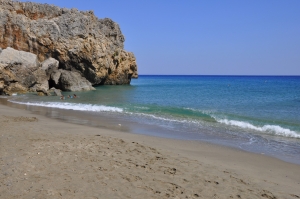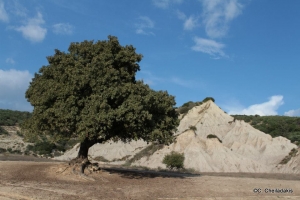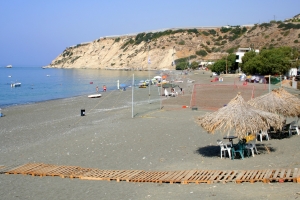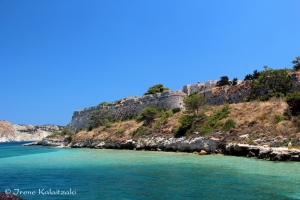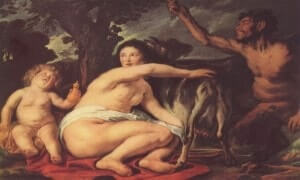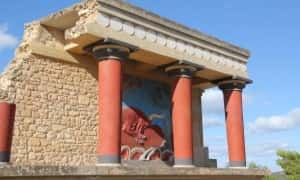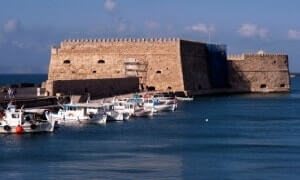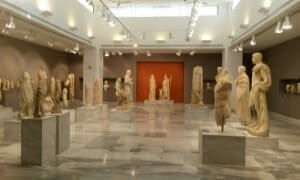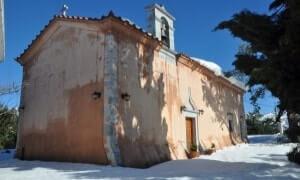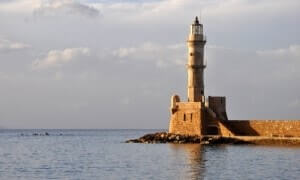The quite new lake has a capacity of 23 million cubic meters and is expected to become one of the most important wetlands in the southeast Mediterranean. Already, many species of birds and animals have appeared in the area. Visitors of the wider area visit the dam and admire the beautiful scenery.
Nothing is repeated in Crete. Enormous geological contradictions and special weather conditions have formed unique landscapes, surprising the visitors and keeping senses constantly alert.
Each route in Crete is unique. Variant sensations, pictures, colors, flavors, sounds accompany visitors at every step.
One can encounter emerald beaches, scrublands, sand dunes, rocky summits, steep slopes, alpine zones, verdant mountains, deep gorges, dry lands, gurgling rivers, scenic ponds, Mediterranean woods, wetlands, fertile meadows, vineyards and olive groves, while the same contrasts are met below sea surface.
Those contradictions favor the development of different ecosystems, significantly increasing the biodiversity of the island.
In the village square of Krasi, near Malia, there are three plane trees, the trademarks of the village. The most important of them is the platan in the center of the square, which is considered to be the oldest and most majestic of the plane trees in Crete.
The place is known as Maheridia and is one of the favorite beaches of locals, which is quite unknown to everybody else. The beaches are not visible from the main road running next to them, thus you have to walk till you meet them. They are surrounded by vertical cliffs, however there are some primitive trails to the beach.
Tholos is located 26km east of Agios Nikolaos and 4km north of the village Kavousi. Locals might also call it Kavoussi beach, due to the nearby village. The beach is formed at the exit of a fertile valley, surrounded by huge olive groves and vine groves. The region has been touristically developed, but very mildly, being ideal for a relaxing holiday.
The beach is actually divided into two large beaches and is secluded, since access is not as easy as the nearby beaches of Korakas and Polirizos. On the beach there are no facilities, just a small tavern (and another one on the west part of the beach).
Komolithi is one of the most bizarre and interesting landscapes in Crete. They are met by the village Potamida (Kissamos province), at the valley of Tyflos River, about 35km west of Chania. These are alternating small hills consisting of soft clay, which due to time erosion, have turned them to wonderful conical shapes.
The area has warm climate, which favors the cultivation of olive trees, subtropical fruits such as bananas, or early outdoor vegetables. The area of Psari Forada has experienced a mild tourist development in recent years and now is a traditional tranquil place, perfect for quiet holidays at a very leisurely pace.
Souda is the name of the small island that stands like a guard in the entrance of the gulf of Souda., a natural harbor protected by the high mountains the east of Chania, on the northeast side of the port of Chania.






